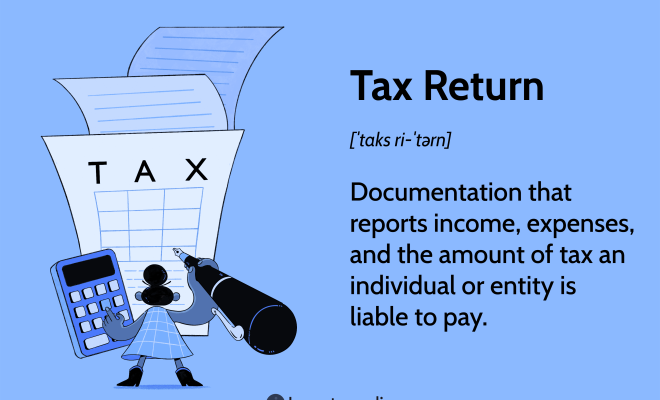How to calculate break even point

In business, understanding your break-even point is crucial for determining the level of sales needed to cover costs and begin generating profits. The break-even point is the point at which your total revenue equals your total costs, meaning you’re not making a profit or incurring a loss. Here’s a step-by-step guide to help you calculate your break-even point.
1. Determine Fixed Costs
Fixed costs are expenses that remain constant regardless of production volume. Examples include rent, salaries, insurance, and administrative fees. To identify your fixed costs, list all your regular business expenses that aren’t directly tied to the production of goods or services.
2. Determine Variable Costs
Variable costs fluctuate according to your production volume. These costs typically include raw materials, labor, packaging, and shipping fees. Review your company’s financial records to identify all variable expenses associated with producing each unit of your product or service.
3. Calculate Contribution Margin
Contribution margin refers to the amount left over after deducting variable expenses from revenue generated on each product or service sold. To calculate the contribution margin, subtract the unit’s variable cost from its selling price.
Contribution Margin = Selling Price – Variable Costs
4. Calculate the Break-Even Point
Now that you have determined your fixed costs, variable costs per unit, and contribution margin per unit, you can calculate the break-even point using this formula:
Break-Even Point (Units) = Fixed Costs ÷ Contribution Margin Per Unit
The result will indicate how many units you need to sell before covering all fixed and variable costs and breaking even.
5. Interpret the Break-Even Point
Once you’ve calculated the break-even point in terms of units, you can gain valuable insights into your business’s financial health:
a) Identify if your current sales volume surpasses or falls short of the break-even point.
b) Evaluate the desirability of your product pricing strategy and if adjustments may be necessary.
c) Analyze whether you need to reduce fixed or variable costs to lower the break-even point.
d) Determine how increasing or decreasing production volumes can impact your overall profitability.
6. Consider Additional Factors
Keep in mind that various factors can influence your break-even point, such as changing market conditions, competitors’ actions, economic fluctuations, or seasonal patterns. Continuously monitor both internal and external factors to ensure that your calculations remain accurate and relevant.
In conclusion, calculating your break-even point is an essential tool for assessing your business’s financial performance and making well-informed decisions. By understanding the sales needed to cover both fixed and variable costs, you can actively strategize to maximize profitability and minimize losses. Continually review and adjust your calculations to adapt to ever-changing business landscapes and stay on the path to success.






